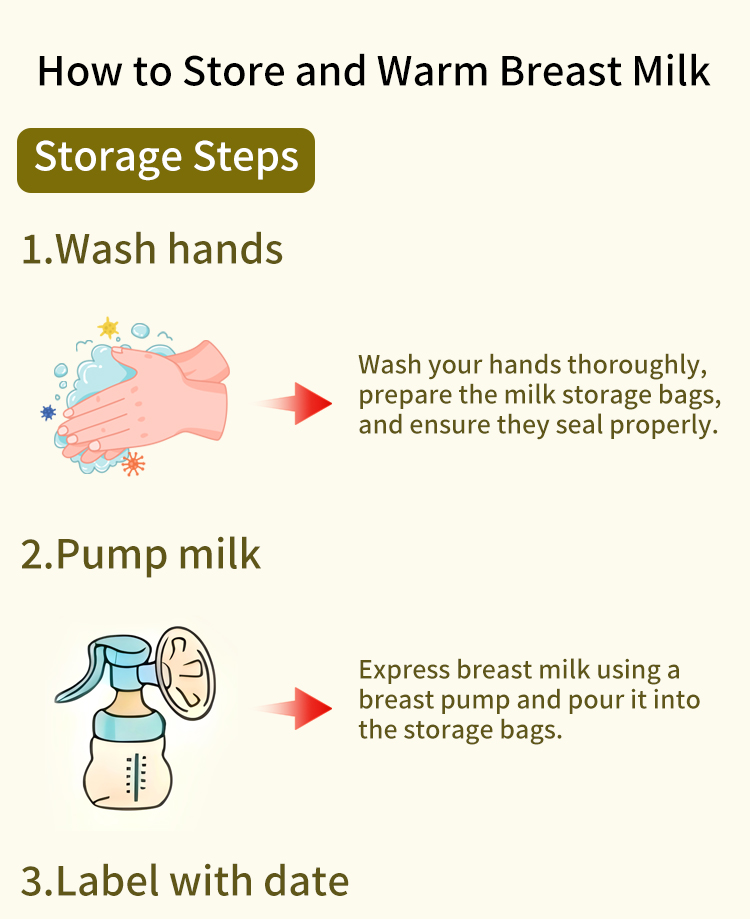Choosing the Right Metal for Outdoor Applications: A Comprehensive Guide
When it comes to selecting materials for outdoor applications, the choice of metal is crucial. The right metal can significantly enhance durability, aesthetics, and functionality, while the wrong choice can lead to corrosion, maintenance issues, and premature failure. This article delves into the various metals suitable for outdoor use, their properties, advantages, and ideal applications, helping you make an informed decision.
Understanding Outdoor Conditions
Before diving into specific metals, it’s essential to understand the environmental factors that affect outdoor materials. Outdoor conditions can vary widely based on geographical location, climate, and exposure to elements such as moisture, UV radiation, and temperature fluctuations. Metals used outdoors must withstand these conditions without degrading.
Key Properties of Outdoor Metals
When evaluating metals for outdoor use, consider the following properties:
- Corrosion Resistance: Metals that resist rust and corrosion are essential for longevity.
- Strength and Durability: The metal must withstand physical stress and environmental wear.
- Weight: Depending on the application, the weight of the metal can impact usability and installation.
- Aesthetic Appeal: The visual characteristics of the metal can influence design choices.
- Cost-Effectiveness: Budget considerations are always important in material selection.
Top Metals for Outdoor Use
- Stainless Steel
Properties: Stainless steel is renowned for its exceptional corrosion resistance, strength, and aesthetic appeal. It contains chromium, which forms a protective oxide layer that prevents rust.
Advantages:
- Highly durable and resistant to tarnishing.
- Available in various grades, with 304 and 316 being the most common for outdoor applications.
- Easy to clean and maintain.
Ideal Applications: Outdoor furniture, railings, marine environments, and architectural elements.
- Aluminum
Properties: Aluminum is lightweight, corrosion-resistant, and has excellent thermal conductivity. It naturally forms a protective oxide layer, making it suitable for various outdoor applications.
Advantages:
- Resistant to corrosion, especially when anodized.
- Lightweight, making it easy to handle and install.
- Versatile in design and finishes.
Ideal Applications: Outdoor signage, window frames, and garden furniture.
- Copper
Properties: Copper is known for its unique aesthetic appeal and excellent thermal and electrical conductivity. It develops a patina over time, which can enhance its visual appeal.
Advantages:
- Naturally antimicrobial, making it suitable for certain applications.
- Highly resistant to corrosion, especially in non-acidic environments.
Ideal Applications: Roofing, gutters, and decorative elements in gardens.
- Galvanized Steel
Properties: Galvanized steel is carbon steel coated with a layer of zinc to prevent rust. This makes it a cost-effective option for outdoor applications.
Advantages:
- Affordable and widely available.
- Good corrosion resistance, especially in mild environments.
- Strong and durable.
Ideal Applications: Fencing, outdoor structures, and agricultural equipment.
- Weathering Steel (Corten Steel)
Properties: Weathering steel is designed to develop a stable rust-like appearance when exposed to weather. This protective layer prevents further corrosion.
Advantages:
- Unique aesthetic that blends well with natural surroundings.
- Minimal maintenance required once the protective layer forms.
Ideal Applications: Sculptures, architectural features, and outdoor furniture.
Factors to Consider When Choosing Metal
- Environmental Exposure: Consider the specific environmental conditions the metal will face, such as humidity, saltwater exposure, and temperature extremes.
- Maintenance Requirements: Some metals require more upkeep than others. Assess your willingness to maintain the material over time.
- Budget Constraints: Weigh the initial cost against the long-term benefits and durability of the metal.
- Design Intent: The aesthetic qualities of the metal should align with the overall design vision of the project.
Conclusion
Selecting the best metal for outdoor applications involves a careful evaluation of environmental conditions, material properties, and intended use. Stainless steel, aluminum, copper, galvanized steel, and weathering steel each offer unique advantages that cater to different needs. By understanding the characteristics of these metals, you can make an informed decision that ensures durability, functionality, and aesthetic appeal in your outdoor projects. Whether you’re designing a garden feature, constructing a building, or creating outdoor furniture, the right metal choice will enhance the longevity and beauty of your work.
